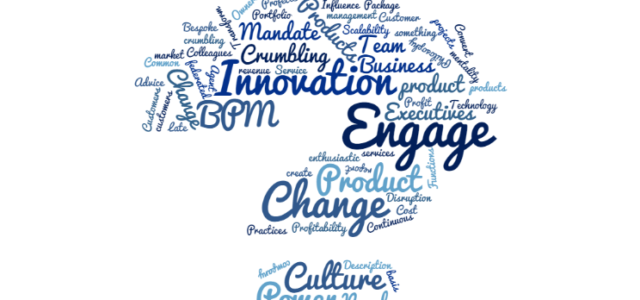CRM vs. DMP – where do I build my single customer view? As a data management strategist, I focus a lot of my time talking to clients and prospects around the concept of the “single customer view”, and as marketers and publishers continue to develop methodologies to unify and represent their audience data and get closer to understanding the “how” of creating a single customer view, attention is beginning to shift to the question of “where” do I house my single customer view. e
For a long time, CRM was king in audience segmentation and customer insights, but the emergence of the ad tech space and the DMP is now posing questions as to how effective that legacy system is in integrating disparate channels and data sources that aren’t tied to an email address, and perhaps more importantly how actionable is that data within an environment that isn’t direct marketing (via email, SMS or direct mail)
Broadly speaking, the decision of “where” falls into one of two camps; CRM or DMP. The new battle lines between martech and adtech are being drawn, and arguments from both sides of the fence are being laid out. The decision is nuanced but essentially comes down to whether or not make your CRM system the heart of the dataflow or the DMP. To be clear, this isn’t about visualisation, but data unification and customer/audience segmentation – visualisation tools are just another endpoint for audience data.
Major benefits of CRM
- Legacy systems that have been used for many years, are well understood and highly staffed
- Offline audience data (e.g. brick and mortar transactions) inherently included in audience segmentation
- Integrated with marketing automation and effective for post-sales messaging through direct marketing channels
Major benefits of DMP
- Unification of 3rd party data assets for audience building, insights and analytics
- Granular online and mobile data collection for detailed audience segmentation
- Ability to easily on-board offline CRM data for unification of offline and online audience
- Integrations and piping to a wider set of marketing channels including Ad Server, DSP, SSP, Search, Social etc.
- Can be used in prospecting efforts, modelling and audience suppression as well as post-sales communication
Consider future proofing
The whole point of the single customer view is that it is a consistent and single version of the truth for various departments within the business to refer to over time, evolving with business needs and requirements, and the marketing and communications ecosystem. In other words, its value is greatly diminished if it has to be moved from one system to another every few years because the current system is no longer fit for purpose.
From a technical perspective, there is a big difference between the types of identifier used by both DMP and CRM systems. CRM has always handled PII data e.g. name, address, telephone and email, and DMPs have historically dealt in either cookie or device IDs as their main form of identification. A big differentiator in the two systems is that the DMP has evolved quickly and adapted to the changing ecosystem, developing the ability to ingest data on new identifiers e.g. IP, lat-long, smart TV ID and set-top box. As we march into the realms of the Internet of Things, brands will have to place their bets in which systems they believe are best placed to unify these disparate data sources and unique identifiers.
Article by channel:
Everything you need to know about Digital Transformation
The best articles, news and events direct to your inbox
Read more articles tagged: Featured






